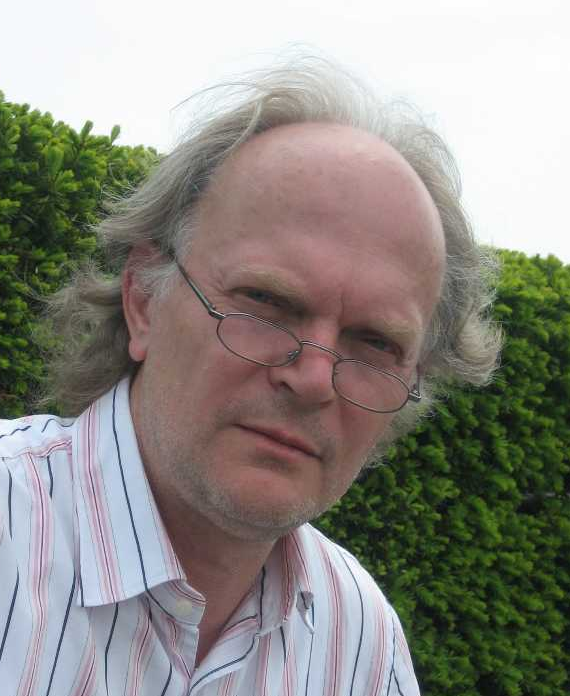
Projektleiter:
Dr. Rainald Ehrig
/
Prof. Dr. Susanna Röblitz
Projekt Mitglieder:
Dr Ilja Klebanov
Laufzeit: 01.06.2017 - 31.12.2018
Status:
beendet
Standort:
Konrad-Zuse-Zentrum für Informationstechnik Berlin
Projektleiter:
Dr. Rainald Ehrig
/
Dr.-Ing. Stefan Zachow
Projekt Mitglieder:
-
Laufzeit: 01.06.2014 - 31.05.2017
Status:
beendet
Standort:
Konrad-Zuse-Zentrum für Informationstechnik Berlin